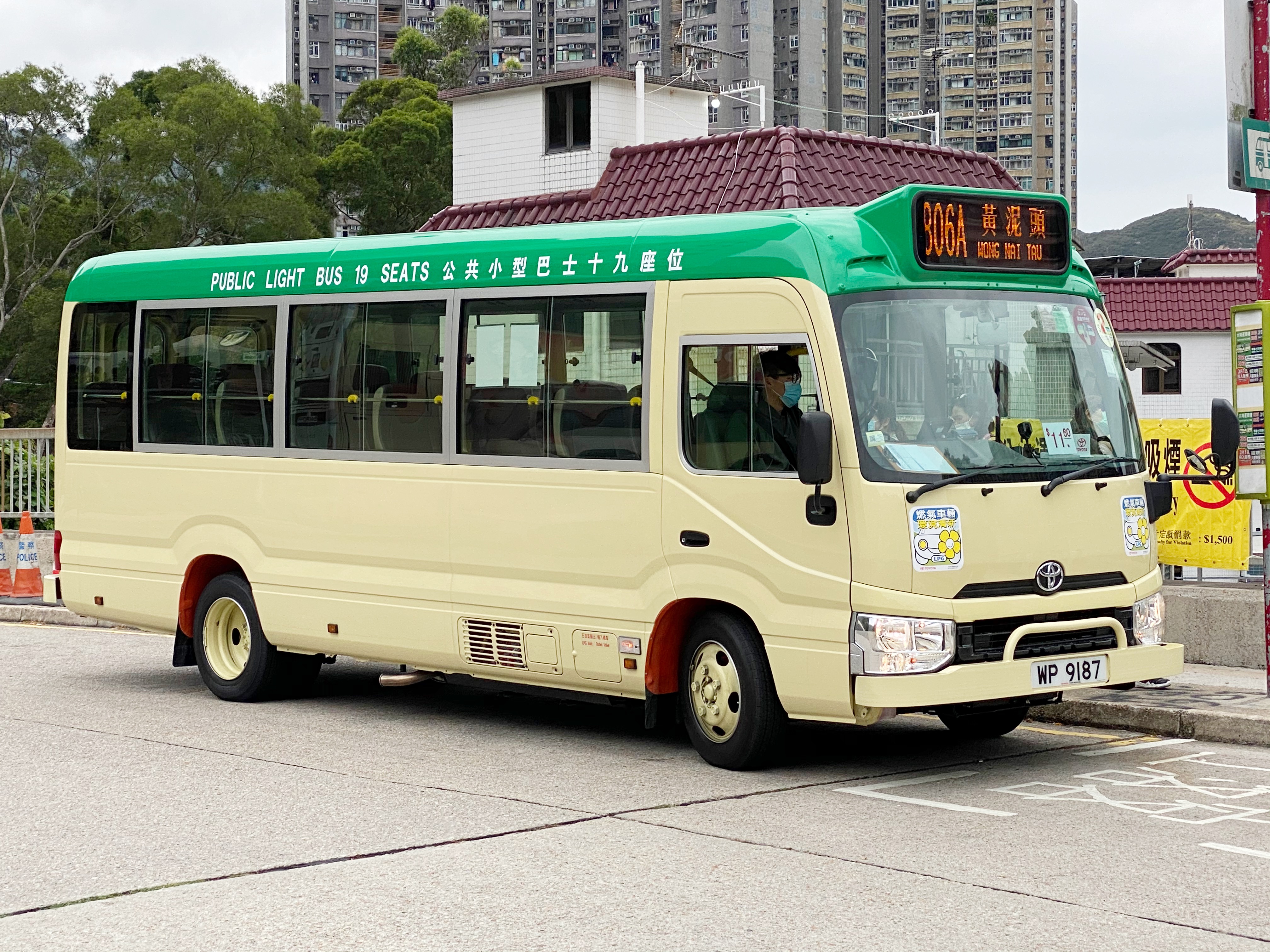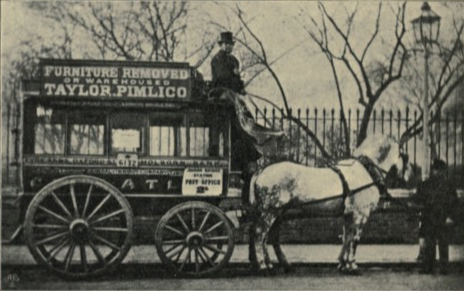|
Busses
A bus (contracted from omnibus, with variants multibus, motorbus, autobus, etc.) is a road vehicle that carries significantly more passengers than an average car or van. It is most commonly used in public transport, but is also in use for charter purposes, or through private ownership. Although the average bus carries between 30 and 100 passengers, some buses have a capacity of up to 300 passengers. The most common type is the single-deck rigid bus, with double-decker and articulated buses carrying larger loads, and midibuses and minibuses carrying smaller loads. Coaches are used for longer-distance services. Many types of buses, such as city transit buses and inter-city coaches, charge a fare. Other types, such as elementary or secondary school buses or shuttle buses within a post-secondary education campus, are free. In many jurisdictions, bus drivers require a special large vehicle licence above and beyond a regular driving licence. Buses may be used for scheduled bus t ... [...More Info...] [...Related Items...] OR: [Wikipedia] [Google] [Baidu] |
Double-decker Bus
A double-decker bus or double-deck bus is a bus that has two storeys or decks. They are used for mass transport in the United Kingdom, the United States, New Zealand, Europe, Asia and also in cities such as Sydney; the best-known example is the red London bus, namely the AEC Routemaster. Early double-deckers put the driver in a separate cab. Passenger access was via an open platform at the rear and a bus conductor collected fares. Modern double-deckers have a main entrance door at the front and the driver takes fares, thus halving the number of workers aboard, but slowing the boarding process. The rear open platform, popular with passengers, was abandoned for safety reasons, as there was a risk of passengers falling when running and jumping onto the bus. Double-deckers are primarily for commuter transport, but open-top models are used as sight-seeing buses for tourists. William Gladstone, speaking of London's double-deck horse-drawn omnibuses, once observed that "...the best w ... [...More Info...] [...Related Items...] OR: [Wikipedia] [Google] [Baidu] |
Articulated Bus
An articulated bus, also referred to as a banana bus, bendy bus, tandem bus, vestibule bus, wiggle wagon, stretch bus, or an accordion bus, (either a motor bus or trolleybus) is an articulated vehicle used in public transportation. It is usually a single-decker, and comprises two or more rigid sections linked by a pivoting joint (articulation) enclosed by protective bellows inside and outside and a cover plate on the floor. This allows a longer legal length than rigid-bodied buses, and hence a higher passenger capacity (94–120), while still allowing the bus to maneuver adequately. Due to their high passenger capacity, articulated buses are often used as part of bus rapid transit schemes, and can include mechanical guidance. Articulated buses are typically long, in contrast to standard rigid buses at long. The common arrangement of an articulated bus is to have a forward section with two axles leading a rear section with a single axle, with the driving axle mounted on e ... [...More Info...] [...Related Items...] OR: [Wikipedia] [Google] [Baidu] |
Electric Bus
An electric bus is a bus that is propelled using electric motors as opposed to an internal combustion engine. Electric buses can store the needed electricity on-board, or be fed continuously from an external source. The majority of buses storing electricity are battery electric buses (which this article mostly deals with), where the electric motor obtains energy from an electric vehicle battery, onboard battery pack, although examples of other storage modes do exist, such as the gyrobus which uses flywheel energy storage. When electricity is not stored on board, it is supplied by contact with outside power sources. For example, overhead wires as in the trolleybus, or with a ground-level power supply, or through Inductive charging#Dynamic charging, inductive charging. As of 2019, 99% of all battery electric buses in the world have been deployed in Mainland China, with more than 421,000 buses on the road, which is 17% of China's total bus fleet. For comparison, the United Sta ... [...More Info...] [...Related Items...] OR: [Wikipedia] [Google] [Baidu] |
Minibus
A minibus, microbus, minicoach, or commuter (in Zimbabwe) is a passenger-carrying motor vehicle that is designed to carry more people than a multi-purpose vehicle or minivan, but fewer people than a full-size bus. In the United Kingdom, the word "minibus" is used to describe any full-sized passenger-carrying van or panel truck. Minibuses have a seating capacity of between 12 and 30 seats. Larger minibusses may be called midibuses. Minibuses are typically front engine step in vehicles, although low floor minibuses do exist and are particularly common in Japan. Minibuses may range in price from £2000 to nearly £100,000. History It is unknown when the first minibus vehicle was released but it is possible that the first one was the 1935-1955 Chevrolet Suburban or the Volkswagen Transporter, even though the Suburban is thought by most to be an SUV, the first generation to the third generation could have theoretically be classified as minibusses today. Usage Minibuses are u ... [...More Info...] [...Related Items...] OR: [Wikipedia] [Google] [Baidu] |
School Bus
A school bus is any type of bus owned, leased, contracted to, or operated by a school or school district. It is regularly used to transport students to and from school or school-related activities, but not including a charter bus or transit bus. Various configurations of school buses are used worldwide; the most iconic examples are the yellow school buses of the United States and Canada which are also found in other parts of the world. In North America, school buses are purpose-built vehicles distinguished from other types of buses by design characteristics mandated by federal and state/province regulations. In addition to their distinct paint color (school bus yellow), school buses are fitted with exterior warning lights (to give them traffic priority) and multiple safety devices. [...More Info...] [...Related Items...] OR: [Wikipedia] [Google] [Baidu] |
Scheduled Coach Transport
An intercity bus service (North American English) or intercity coach service (British English and Commonwealth English), also called a long-distance, express, over-the-road, commercial, long-haul, or highway bus or coach service, is a public transport service using coaches to carry passengers significant distances between different cities, towns, or other populated areas. Unlike a transit bus service, which has frequent stops throughout a city or town, an intercity bus service generally has a single stop at one location in or near a city, and travels long distances without stopping at all. Intercity bus services may be operated by government agencies or private industry, for profit and not for profit. Intercity coach travel can serve areas or countries with no train services, or may be set up to compete with trains by providing a more flexible or cheaper alternative. Intercity bus services are of prime importance in lightly populated rural areas that often have little or no pub ... [...More Info...] [...Related Items...] OR: [Wikipedia] [Google] [Baidu] |
Tour Bus Service
A tour bus service is an escorted tour (sometimes a package holiday) or bus service that takes visitors sightseeing, with routes around tourist attractions. Information Double-decker buses and open top buses are commonly used, for providing a good view. Large coaches are used internationally by tour operators, intercity bus lines and charters, for short and long distance destinations. These buses are larger than regular transit buses, with 2 to 4 axles (6 to 10 wheels). The history of tour buses in North America began in the early 20th century when trucks were converted to provide a means for sightseeing within large American cities. Gray Line, the largest sightseeing operators, began operations in 1910. Sightseeing was likely a side business for many intercity bus operators because the same types of buses were used (this remains true even today). World War II saw the industry decline, but it slowly re-emerged as an alternative to driving. Many musicians, entertainers, d ... [...More Info...] [...Related Items...] OR: [Wikipedia] [Google] [Baidu] |
Political Campaign
A political campaign is an organized effort which seeks to influence the decision making progress within a specific group. In democracies, political campaigns often refer to electoral campaigns, by which representatives are chosen or referendums are decided. In modern politics, the most high-profile political campaigns are focused on general elections and candidates for head of state or head of government, often a president or prime minister. Campaign message The message of the campaign contains the ideas that the candidate wants to share with the voters. It is to get those who agree with their ideas to support them when running for a political position. The message often consists of several talking points about policy issues. The points summarize the main ideas of the campaign and are repeated frequently in order to create a lasting impression with the voters. In many elections, the opposition party will try to get the candidate "off message" by bringing up policy or person ... [...More Info...] [...Related Items...] OR: [Wikipedia] [Google] [Baidu] |
Horsebus
A horse-bus or horse-drawn omnibus was a large, enclosed, and sprung horse-drawn vehicle used for passenger transport before the introduction of motor vehicles. It was mainly used in the late 19th century in both the United States and Europe, and was one of the most common means of transportation in cities. In a typical arrangement, two wooden benches along the sides of the passenger cabin held several sitting passengers facing each other. The driver sat on a separate, front-facing bench, typically in an elevated position outside the passengers' enclosed cabin. In the main age of horse buses, many of them were double-decker buses. On the upper deck, which was uncovered, the longitudinal benches were arranged back to back. Similar, if smaller, vehicles were often maintained at country houses (and by some hotels and railway companies) to convey servants and luggage to and from the railway station. Especially popular around 1870–1900, these vehicles were known as a 'private omni ... [...More Info...] [...Related Items...] OR: [Wikipedia] [Google] [Baidu] |
Steam Bus
A steam bus is a bus powered by a steam engine. Early steam-powered vehicles designed for carrying passengers were more usually known as steam carriages, although this term was sometimes used to describe other early experimental vehicles too. History 1830-1895 Regular intercity bus services by steam-powered buses were pioneered in England in the 1830s by associates of Sir Goldsworthy Gurney and by Walter Hancock among others, running reliable services over road conditions which were too hazardous for horse-drawn transportation. Steam carriages were much less likely to overturn, and did not "run away with" the customer as horses sometimes did. They travelled faster than horse-drawn carriages ( over and an average of over longer distances). They could run at a half to a third of the cost of horse-drawn carriages. Their brakes did not lock and drag like horse-drawn transport (a phenomenon that increased damage to roads). According to engineers, steam carriages caused one-thi ... [...More Info...] [...Related Items...] OR: [Wikipedia] [Google] [Baidu] |
Trolleybus
A trolleybus (also known as trolley bus, trolley coach, trackless trolley, trackless tramin the 1910s and 1920sJoyce, J.; King, J. S.; and Newman, A. G. (1986). ''British Trolleybus Systems'', pp. 9, 12. London: Ian Allan Publishing. .or trolleyDunbar, Charles S. (1967). ''Buses, Trolleys & Trams''. Paul Hamlyn Ltd. (UK). Republished 2004 with or 9780753709702.) is an electric bus that draws power from dual overhead wires (generally suspended from roadside posts) using spring-loaded trolley poles. Two wires, and two trolley poles, are required to complete the electrical circuit. This differs from a tram or streetcar, which normally uses the track as the return path, needing only one wire and one pole (or pantograph). They are also distinct from other kinds of electric buses, which usually rely on batteries. Power is most commonly supplied as 600-volt direct current, but there are exceptions. Currently, around 300 trolleybus systems are in operation, in cities and towns in 4 ... [...More Info...] [...Related Items...] OR: [Wikipedia] [Google] [Baidu] |










